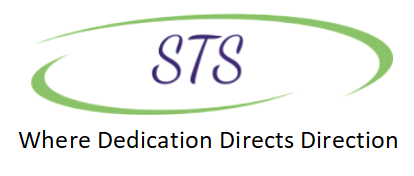Business Analysis is a research discipline for identifying business needs and determining solutions to business problems. Solutions may include a systems development component, a process improvement, organizational change or strategic planning and policy development.
STS provides a wide range of analysis services – IT Business Analysts, who can work solely on Developing Software Systems, Technical Business Analysts, Online Business Analysts, Business Systems Analysts, or Systems Analysts
Business analysis sub-disciplines
Business analysis, as a discipline has a heavy overlap with requirements analysis sometimes also called requirements engineering, but focuses on identifying the changes to an organization that are required for it to achieve strategic goals. These changes include changes to strategies, structures, policies, processes, and information systems.
Different kinds of business analysis offered by STS includes:
Enterprise analysis or company analysis
Focuses on understanding the needs of the business as a whole, its strategic direction, and identifying initiatives that will allow a business to meet those strategic goals. It also includes:
- Creating and maintaining the business architecture
- Conducting feasibility studies
- Identifying new business opportunities
- Scoping and defining new business opportunities
- Preparing the business case
- Conducting the initial risk assessment
Requirements planning and management
Involves planning the requirements development process, determining which requirements are the highest priority for implementation, and managing change.
Requirements elicitation
Describes techniques for collecting requirements from stakeholders in a project. Techniques for requirements elicitation include:
- Brainstorming
- Document analysis
- Focus group
- Interface analysis
- Interviews
- Workshops
- Reverse engineering
- Surveys
- User task analysis
- Process mapping
- Observation/job shadowing
Requirements analysis and documentation
Describes how to develop and specify requirements in enough detail to allow them to be successfully implemented by a project team.
Analysis
The major forms of analysis are:
- Architecture analysis
- Business process analysis
- Object-oriented analysis
- Structured analysis
- Data warehouse analysis, storage and databases analysis
Documentation
Requirements documentation can take several forms:
- Textual - for example, stories that summarize specific information
- Matrix - for example, a table of requirements with priorities
- Diagrams - for example, how data flows from one structure to the other
- Wireframe - for example, how elements are required in a website,
- Models - for example, 3-D models that describes a character in a computer game
Requirements communication
Describes techniques for ensuring that stakeholders have a shared understanding of the requirements and how they will be implemented.
Solution assessment and validation
Describes how the business analyst can perform correctness of a proposed solution, how to support the implementation of a solution, and how to assess possible shortcomings in the implementation.

